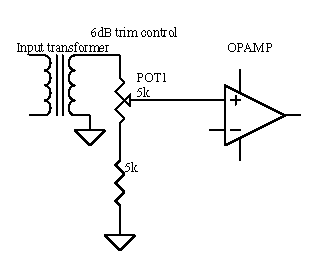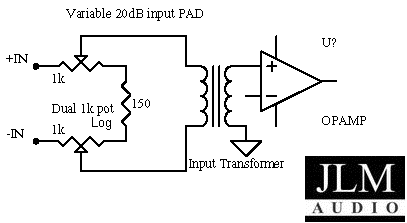[quote author="fallout"]Has anyone built his PCBs yet? I was wondering how they sound.. Might wanna build a couple..
-Jay[/quote]
I have populated a board that I bought from Joe with a JT-110K-HPC, a JFET-992 and an OPA2604 for the servo. All I can say that it works and in this configuration sounds well. The board itself is excellent quality and it is very flexible.
This flexibility does demand some planning on your part to decide on what configuration you want to build.
The relays that fit on the board are ten pin miniature ones, smaller than the usual DIP relays. They can be had at Digikey: part# Z740-ND.
Tamas
-Jay[/quote]
I have populated a board that I bought from Joe with a JT-110K-HPC, a JFET-992 and an OPA2604 for the servo. All I can say that it works and in this configuration sounds well. The board itself is excellent quality and it is very flexible.
This flexibility does demand some planning on your part to decide on what configuration you want to build.
The relays that fit on the board are ten pin miniature ones, smaller than the usual DIP relays. They can be had at Digikey: part# Z740-ND.
Tamas

























![Soldering Iron Kit, 120W LED Digital Advanced Solder Iron Soldering Gun kit, 110V Welding Tools, Smart Temperature Control [356℉-932℉], Extra 5pcs Tips, Auto Sleep, Temp Calibration, Orange](https://m.media-amazon.com/images/I/51sFKu9SdeL._SL500_.jpg)









